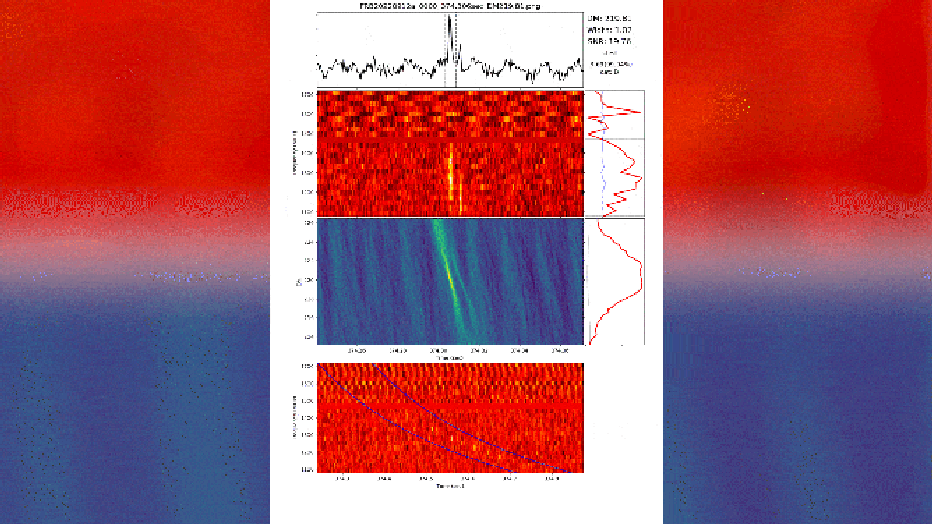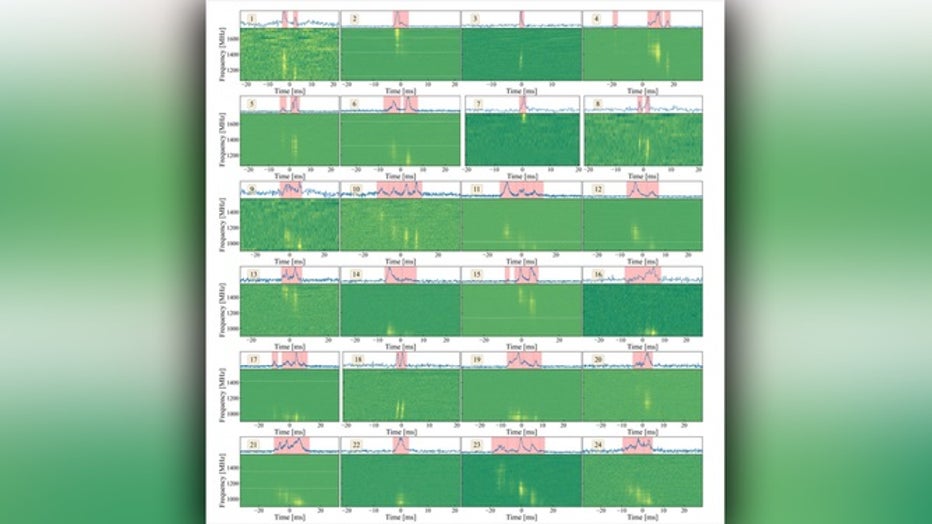Mysterious never-before-seen deep space radio signal found beyond Milky Way
New Milky Way survey reveals tapestry of billions of celestial objects
The data for this unprecedented survey were taken with the Dark Energy Camera at the NSF’s Cerro Tololo Inter-American Observatory in Chile, a NOIRLab program. (Image Credit: DECaPS2/DOE/FNAL/DECam/CTIO/NOIRLab/NSF/AURA/E. Slawik | M. Zamani (NSF's NOIRLab) & D. de Martin (NSF's NOIRLab))
A team of astronomers says they have detected a never-before-heard radio signal that offers insights into the mystery of uncharted deep space.
This signal is known as a Fast Radio Burst (FRB), a bright flash of radio light lasting for a few milliseconds and originating from beyond the Milky Way.
Some FRBs repeat themselves, and a new study published in the Monthly Notices of the Royal Astronomical Society has shed new light. The study has detected a highly active repeating FRB signal behaving differently than anything previously detected.
"This work is exciting because it provides both confirmation of known FRB properties and the discovery of some new ones," said lead author Sofia Sheikh, of the SETI Institute in California.

Animation of discovery plots for the 35 FRBs, shown in chronological order. The gradual shift towards the bottom of the observing window can be seen in the dedispersed frequency vs. time plot (top reddish subplot). (Sofia Z. Sheikh / SETI Institute)
Over a two-month period, Sheikh and other scientists observed 35 FRBs from a single source, FRB 20220912A. They discovered a fascinating pattern emerging from their observations.
Most repeating FRBs gradually get lower in pitch as they go on, according to astronomers. However, FRB 20220912A is different. It has a never-before-seen change in pitch that sounds like a cosmic slide-whistle which can be heard when the data is converted into a sound clip using a xylophone.
CLICK HERE TO LISTEN TO THIS MYSTERIOUS SOUND

Dynamic spectra (or "waterfall" plots) for all the bursts from FRB 20220912A detected using the Allen Telescope Array, the frequency-averaged pulse profiles, and the time-averaged spectra. (Sofia Z. Sheikh / SETI Institute / FOX Weather)
The high-pitched notes are at the beginning of the clip, while the low-pitched notes are at the end, like someone playing a xylophone and repeatedly hitting the lowest note, scientists at the SETI Institute report.
Astronomers believe some FRBs are caused by a type of neutron star called a magnetar. These neutron stars have very strong magnetic fields and are the cores of dead stars.
"We’re narrowing down the source of FRBs, for example, to extreme objects such as magnetars, but no existing model can explain all of the properties that have been observed so far," Sheikh said.
Other ideas suggest that FRBs could also be produced by colliding neutron stars or merging white dwarfs.
The latest research is another step forward in the quest to unlock the secrets of FRBs, Sheikh said, which generate as much energy in a thousandth of a second as our Sun does in an entire year.
LINK: Get updates and more on this story at foxweather.com.

